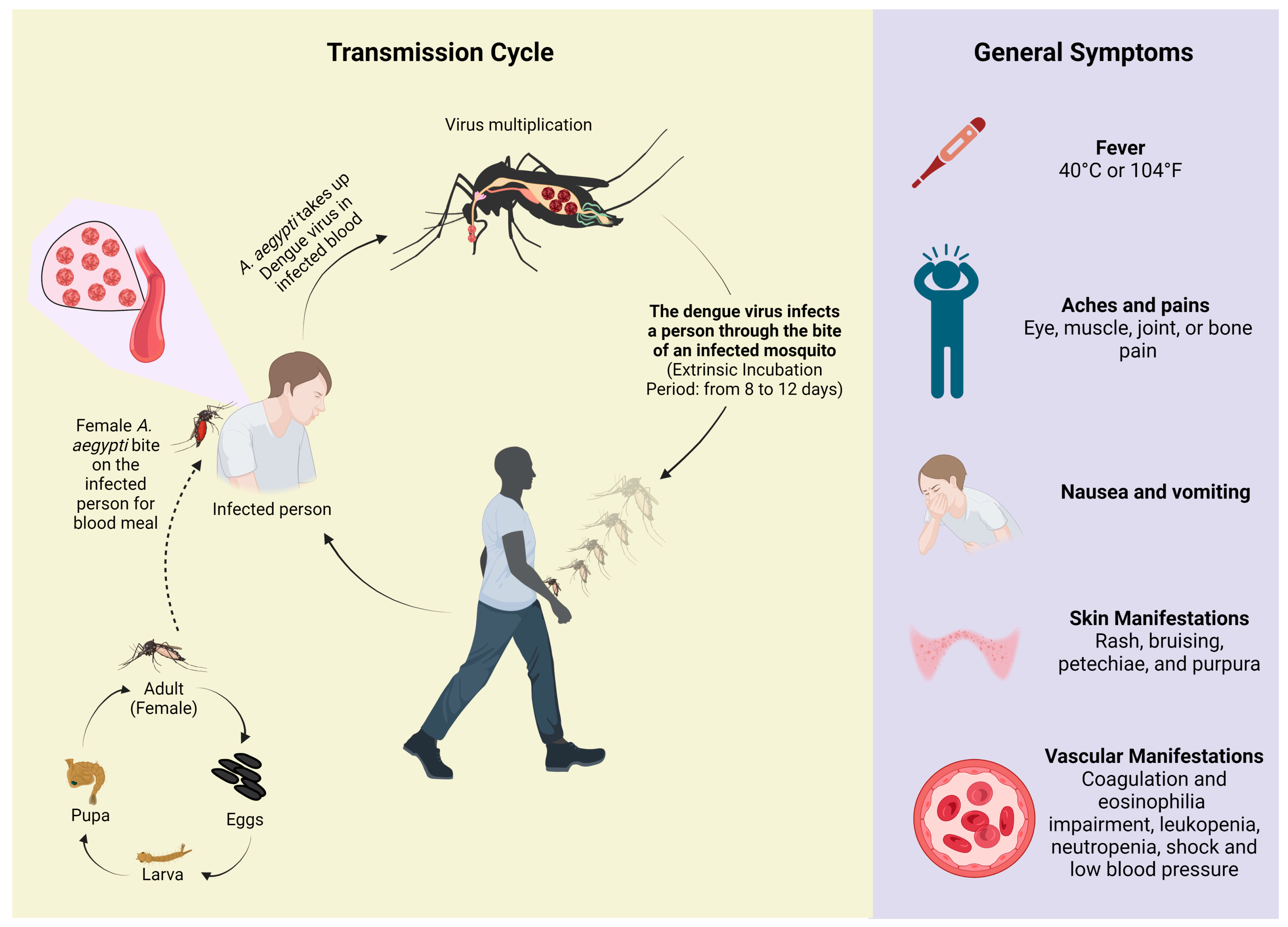👉 In this article we will discuss about the dengue epidemic in Bangladesh and how we can solve this problem using technology. We will also discuss about the benefits of this solution and how we can implement this solution effectively.
Dengue fever is a mosquito-borne tropical disease caused by the dengue virus. More information related to dengue fever on Wikipedia...
Bangladesh is facing a deadly dengue outbreak that started in June 2022 and has affected all eight divisions of the country. This is the second-largest outbreak since 20002, and the largest since the nearest year, when the annual incidence increased to 10,148 cases. From the given information, we can easily highlight some problems below:
Problem that we need to analysis:
Feature-Rich Solution
To implement this solution effectively, collaboration between the government, healthcare providers, and technology companies would be essential. Additionally, public awareness campaigns would be needed to encourage people to use telemedicine and wearable devices for early Dengue detection and monitoring.
Telemedicine Infrastructure: Establish a robust telemedicine infrastructure that connects healthcare providers with patients remotely. This could include setting up a dedicated telehealth platform or app accessible to the public.
Wearable Devices: Develop or repurposed affordable wearable devices, such as smartwatches or fitness trackers, equipped with sensors to monitor vital signs and specific Dengue-related symptoms, like fever, heart rate, and blood pressure.
Symptom Tracking: Patients experiencing Dengue-like symptoms can wear these devices and use the telehealth platform to input their symptoms and vital readings regularly. The platform should be user-friendly and available in local languages to ensure accessibility.
AI-Powered Analysis: Implement AI algorithms that analyze the data collected from wearable devices. These algorithms can detect early warning signs and identify potential Dengue cases based on symptom patterns and vital readings.
Alerts and Notifications: The system should generate automatic alerts for healthcare professionals when a patient's symptoms or vital signs indicate a potential Dengue case. This allows for early intervention.
Remote Consultations: Healthcare providers can conduct remote consultations with patients, review their symptoms and data, and provide guidance or referrals for testing and treatment when necessary.
Data Privacy and Security: Ensure strict data privacy and security protocols to protect patients' sensitive health information.

Benefits:
Early Intervention: Early detection of Dengue cases can lead to timely treatment and reduce mortality rates.
Reduced Healthcare Burden: Remote monitoring reduces the strain on physical healthcare facilities and minimizes the risk of transmission within healthcare settings.
Improved Data Collection: Continuous data collection can provide valuable insights into the spread of Dengue, helping health authorities make informed decisions.
Accessible Healthcare: This solution is accessible to a wide range of individuals, even in remote areas with limited healthcare infrastructure.
Pre-implementation Analysis
A comprehensive feasibility study will help stakeholders make informed decisions about how to address the Dengue epidemic in Bangladesh effectively, considering technical, financial, legal, operational, and societal aspects.

Market Analysis:
Technical Feasibility:
Financial Feasibility:
Legal and Regulatory Analysis:
Operational Feasibility:
Sociology-Cultural Feasibility:
Environmental Impact:
Risk Assessment:
Timeline and Milestones:
Cost-Benefit Analysis:
Recommendations:
Implementation Plan:
Integrated Ecosystem-Based Vector Control and Public Engagement System
Conclusion
In this article, we have discussed the dengue epidemic in Bangladesh and how we can solve this problem using technology. We have also discussed the benefits of this solution and how we can implement this solution effectively. We hope that this article will help you to understand the dengue epidemic in Bangladesh and how we can solve this problem using technology.
References and Resources
1. Dengue and Severe Dengue
2. Bangladesh battles record dengue deaths as disease pattern changes
3. Dengue - Bangladesh
4. 2023 dengue outbreak in Bangladesh
About the Author
This article was written by Team CodeX during the KYAU National HACKATHON-2023. During that time Team CodeX was a group of three members: I'm Emrul kayes, Mohacel Hosen and Rizwan Hasan.

